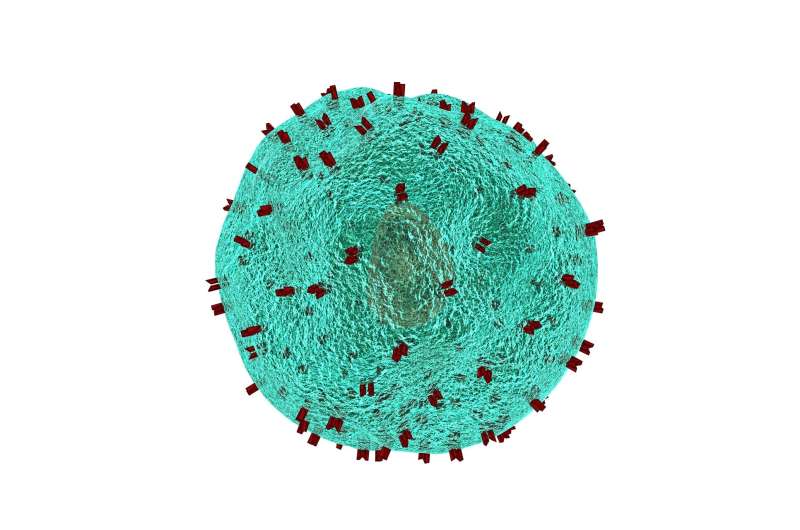New Discovery Links Cancer Signaling Pathway to Blood-Brain and Blood-Retina Barrier Functions

Recent research uncovers a novel link between cancer signaling pathways, specifically MDM2-p53, and the regulation of blood-brain and blood-retina barriers, with implications for neurological and ocular health.
A recent study led by researchers from the University of Minnesota Medical School has revealed a surprising connection between cancer-related cellular pathways and the vascular functions of the retina and the brain. The team found that the MDM2-p53 signaling axis, well-known for its role in tumor suppression, also plays a significant role in maintaining the integrity of blood vessels in the central nervous system, including the retina.
Published in Science Signaling, the research demonstrates that p53, a critical protein in cancer prevention, can influence blood vessel health by downregulating NCAPH, a protein involved in vascular stability. This interaction appears to weaken the Norrin/Frizzled4 signaling pathway, which is essential for the development and maintenance of blood-tissue barriers such as the blood-brain barrier and the blood-retina barrier.
Blood-CNS barriers are crucial in regulating the exchange of nutrients and waste between the bloodstream and the nervous system, preventing issues like edema and neuroinflammation. The study highlights that increasing p53 levels, a strategy used in some cancer therapies, might inadvertently compromise these barriers, potentially leading to increased vascular permeability, neuroinflammation, and swelling.
Furthermore, the research identifies NCAPH as a potential candidate gene for familial exudative vitreoretinopathy (FEVR), a rare inherited eye condition affecting retinal blood vessels. These findings suggest caution in using MDM2 inhibitors—drugs that elevate p53—in cancer treatment, as they could disrupt vascular barrier functions.
The study emphasizes the need for further research into how modulation of p53 may impact vascular health, especially in the context of neurological and ocular diseases. It also opens avenues for exploring NCAPH as a target for vascular disorder therapeutics.
For more information, see the full study: Jacklyn Levey et al, The MDM2-p53 axis regulates norrin/frizzled4 signaling and blood-CNS barrier function, Science Signaling (2025). For details, visit: https://medicalxpress.com/news/2025-07-uncovers-link-cancer-pathway-blood.html
Stay Updated with Mia's Feed
Get the latest health & wellness insights delivered straight to your inbox.
Related Articles
How CAR-T Cell Therapy Is Transforming Cancer Treatment
Discover how CAR-T cell therapy is transforming cancer treatment by harnessing genetically engineered immune cells to target and destroy tumors with unprecedented precision and strength.
Revolutionary Imaging Reveals How HIV-1 Viral Cores Enter the Nucleus
New cryo-electron microscopy research uncovers how HIV-1 viral cores adapt and pass through the nuclear pore, opening new avenues for antiviral development.
Pharmacists Prepare for Potential Impact of Targeted Trump Pharmaceutical Tariffs
Pharmacists are stockpiling essential medicines amid fears that tariffs proposed by President Trump could lead to drug shortages, higher prices, and pharmacy closures. Experts warn of potential disruptions in the pharmaceutical supply chain and increased costs for consumers.
Innovative Research Targets Immune System to Prevent Preterm Birth
New research reveals that inhibiting the complement system, part of the body's immune defense, could prevent inflammation-triggered preterm birth and improve neonatal outcomes. This promising approach offers potential for developing therapies to reduce early labor and its associated complications.



